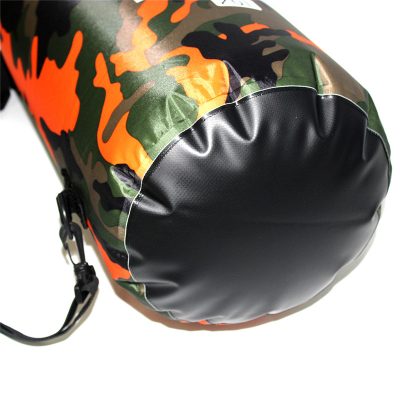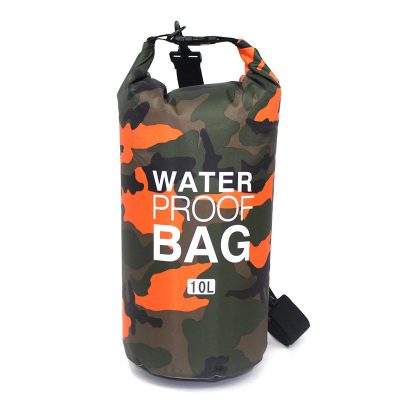Choosing eco-friendly tarpaulin options is a responsible decision that can help reduce environmental impact. Here are some green choices and eco-friendly tarpaulin options:
- Recycled Materials: Look for tarpaulins made from recycled materials. These tarps are often produced using recycled plastics or other materials, reducing the demand for new resources.
- Biodegradable Tarps: Some tarpaulins are made from biodegradable materials, such as natural fibers (cotton or jute) or biodegradable plastics. These tarps break down over time, reducing their environmental impact.
- Canvas Tarps: Canvas is a durable and eco-friendly option. It’s made from natural fibers and can be reused for many years. Canvas tarps are also less likely to release harmful chemicals into the environment.
- Hemp Tarps: Hemp is a sustainable and fast-growing crop that can be used to make durable and eco-friendly tarpaulins. It requires fewer pesticides and water compared to other crops.
- Tarpaulins with Low VOC (Volatile Organic Compounds): Some tarpaulins are treated with chemicals that can release harmful VOCs into the air. Look for options that are certified as low VOC or VOC-free to minimize air pollution.
- UV Resistance: Choose tarps that have UV-resistant coatings. This extends their lifespan, reducing the need for frequent replacements.
- Durability: Opt for high-quality tarps that are designed to last. A longer-lasting tarp reduces the overall environmental impact because it requires fewer replacements.
- Non-Toxic Treatments: If your tarp requires treatments or coatings, ensure that these are non-toxic and safe for the environment.
- Local or Ethical Production: Whenever possible, support manufacturers who produce tarps locally or follow ethical and sustainable production practices.
- Proper Maintenance: Regardless of the material, proper maintenance can extend the life of your tarpaulin. Regularly clean and store your tarp to prevent damage and ensure it lasts as long as possible.
- Reuse and Repurpose: Consider reusing old tarps for different purposes or repurposing them into other useful items to reduce waste.
- Responsible Disposal: When your tarpaulin reaches the end of its life, dispose of it properly. Some materials may be recyclable or compostable, so check with your local recycling or waste management facility.
- Certifications: Look for certifications like “organic,” “Fair Trade,” or “Cradle to Cradle” that indicate a commitment to eco-friendly and socially responsible practices in tarpaulin production.
Remember that the most eco-friendly choice may vary depending on your specific needs and circumstances. Consider factors such as the intended use, climate conditions, and budget when selecting the right eco-friendly tarpaulin option for your project.


















